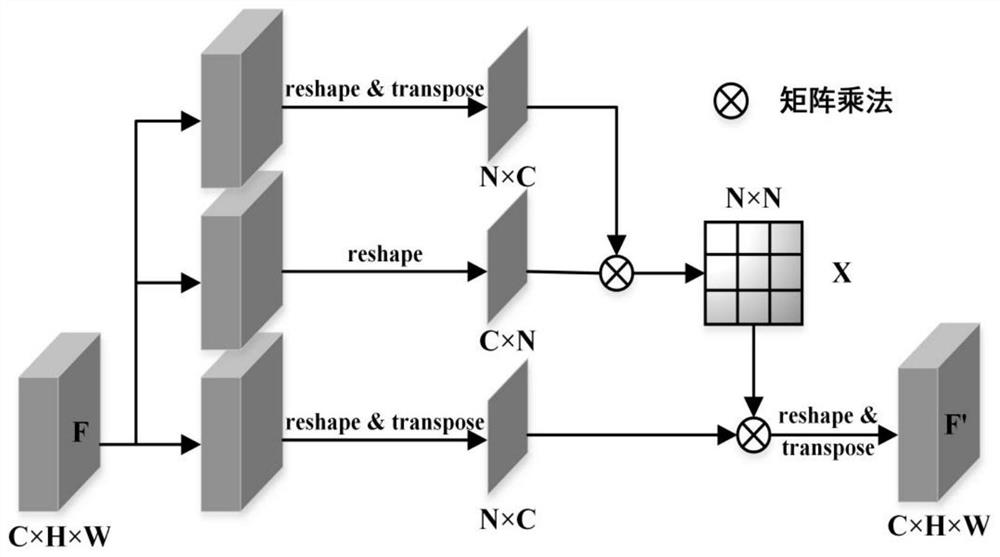Pedestrian re-identification method based on multi-layer fusion and alignment division
A pedestrian re-identification, multi-layer fusion technology, applied in the field of pedestrian re-identification, can solve the problem of ignoring the practical value of shallow features, and achieve the effect of improving performance
- Summary
- Abstract
- Description
- Claims
- Application Information
AI Technical Summary
Problems solved by technology
Method used
Image
Examples
Embodiment 1
[0040] Pedestrian re-identification has a great demand in the field of intelligent security. It aims to associate the same pedestrians in different places at different times. The general approach is to give a picture of a pedestrian to be retrieved, extract the features of the query picture and the pictures in the gallery through the trained model, and sort the pictures in the gallery according to the similarity of feature embedding, so as to perform pedestrian image retrieval . In recent years, the task of pedestrian re-identification has made great progress. However, in an open outdoor environment, pedestrian images will have large differences due to the presence of interference such as pose, occlusion, clothing, background clutter, and camera perspective. Therefore, pedestrian re-identification Recognition is still a very challenging task. There are generally two directions to solve the problem of pedestrian re-identification, called representation learning and metric lear...
Embodiment 2
[0084] In order to verify the actual effect of the present invention, experiments are carried out on the three most commonly used datasets for pedestrian re-identification tasks: Marker-1501, DukeMTMC-reID, and CUHK03. The first successful matching probability (rank-1) and mean average precision (mAP) are used to evaluate the experimental results. Since the rank-1 standard will reach saturation when the matching reaches a certain level, the degree of discrimination is not high, so more emphasis is placed on the evaluation of mAP.
[0085] It should be noted that Marker-1501 includes 1501 pedestrians with different identities captured by 6 cameras, and the data set generates 32668 pictures containing individual pedestrians through the DPM detector. They are divided into non-overlapping training / test sets. The training set contains 12,936 images of 751 pedestrians with different identities. The test set contains 3,368 query images and 19,732 gallery images from 750 different ped...
PUM
 Login to View More
Login to View More Abstract
Description
Claims
Application Information
 Login to View More
Login to View More - R&D
- Intellectual Property
- Life Sciences
- Materials
- Tech Scout
- Unparalleled Data Quality
- Higher Quality Content
- 60% Fewer Hallucinations
Browse by: Latest US Patents, China's latest patents, Technical Efficacy Thesaurus, Application Domain, Technology Topic, Popular Technical Reports.
© 2025 PatSnap. All rights reserved.Legal|Privacy policy|Modern Slavery Act Transparency Statement|Sitemap|About US| Contact US: help@patsnap.com



